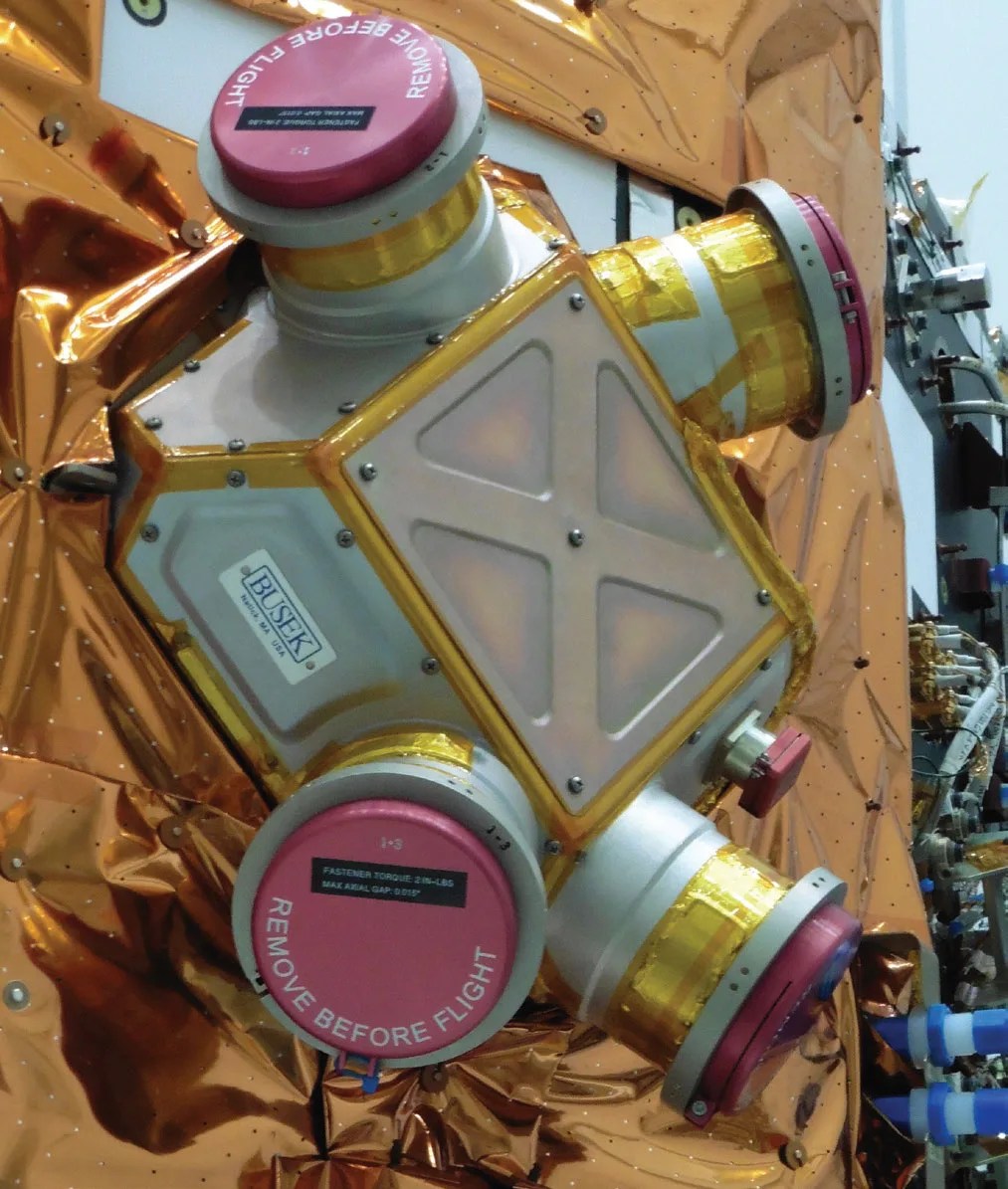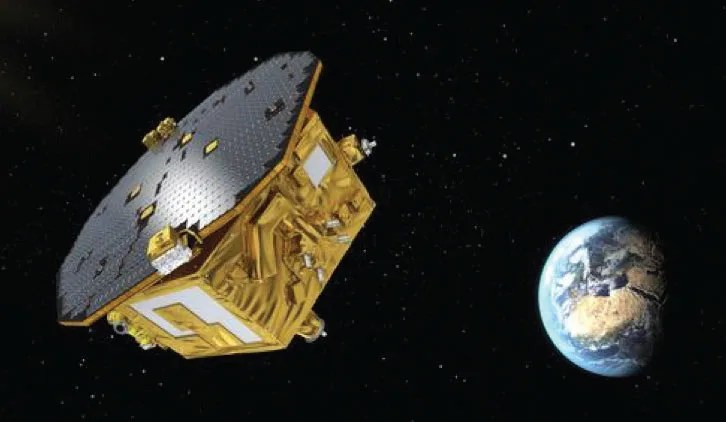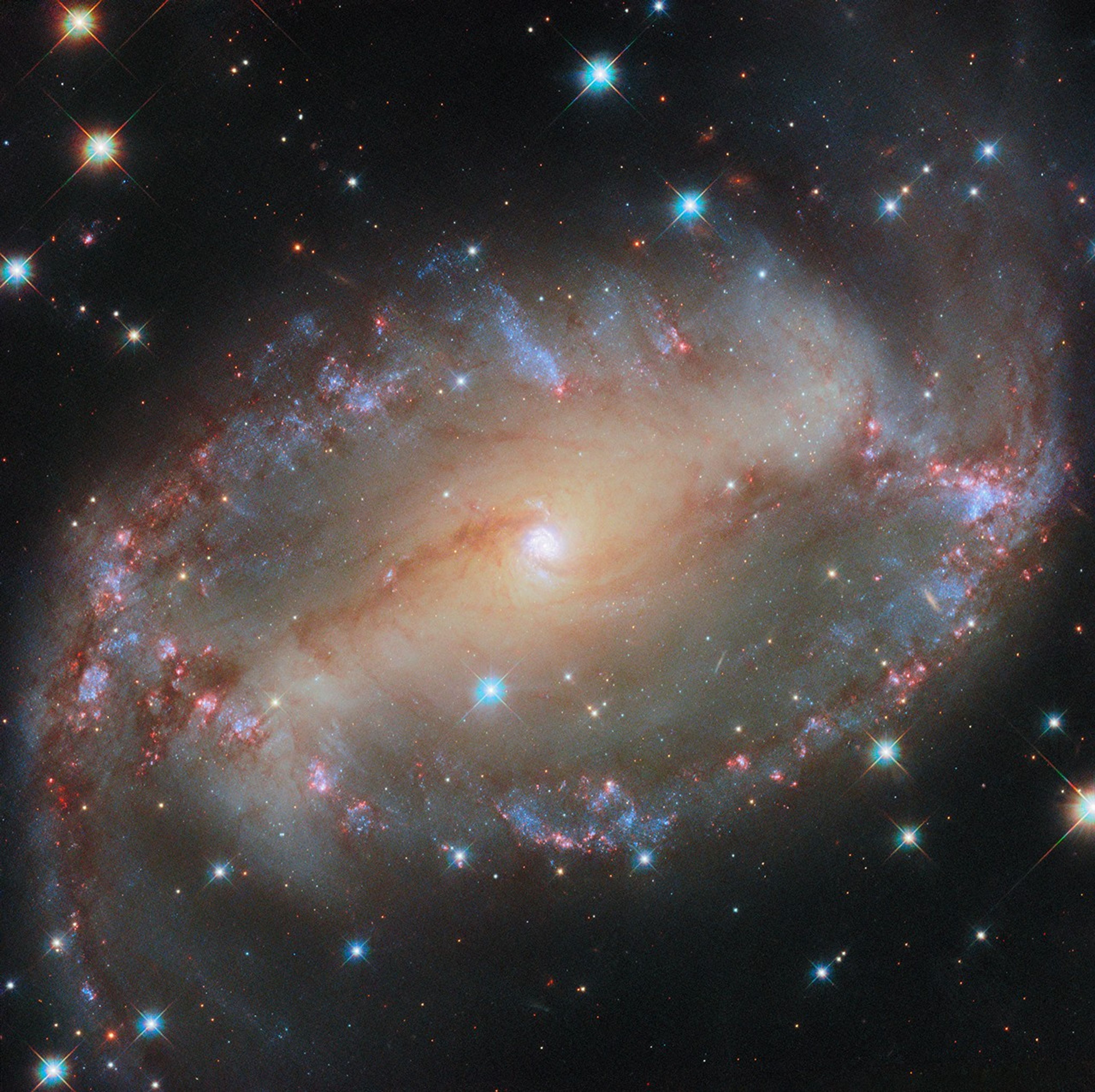4 min read
Technology Infusion
A colloid microthruster provides electric micropropulsion for drag-free and fine pointing applications. It uses an electrospray (electrostatically generated and accelerated charged droplets) to provide spacecraft control at tens of micronewtons of thrust (about the weight of a mosquito!) with better than 100 nanonewton precision, mainly to push back against solar photon pressure.

A team of engineers at Busek Co., Inc. and NASA JPL developed eight colloid micro-newton thrusters under NASA’s Space Technology 7 Disturbance Reduction System (ST7-DRS) project. These microthrusters proved their remarkable capabilities in a demonstration onboard the European Space Agency’s (ESA) Laser Interferometer Space Antenna (LISA) Pathfinder mission, where they controlled the spacecraft’s position to within 10 nm/√Hz (about the width of a DNA helix). Interferometric measurement of free-floating test masses within the spacecraft showed that the microthruster technology met all requirements, providing the first-of-its kind demonstration of an electrospray thruster operating in space. The thrusters performed for over 90 days during the nominal and extended mission with all operations ending successfully in July 2017.
Launched in December 2015, LISA Pathfinder demonstrated most of the key technologies necessary for detecting and measuring gravitational waves, including both cold gas (an ESA-led technology) and colloid microthrusters. Both of these micropropulsion technologies are being considered for infusion into the full ESA-led LISA mission, which is currently in Phase A with launch scheduled for 2034. The cold gas microthrusters are currently considered as the baseline and the colloid microthrusters are a potential U.S. contribution. In 2017, NASA started funding development of a fully redundant and long-life version of the colloid microthrusters, with the goal of being flight-ready by 2022 when a final decision will be made on the U.S. contribution to ESA’s LISA mission.
NASA also plans to employ microthruster technology as a replacement for the reaction wheels in the HabEx
Decadal Study mission concept. In this application, colloid microthrusters would provide more precise pointing of the observatory without causing mechanical jitter or the need for heavy vibration isolation structural elements, enabling future exoplanet imaging missions that use coronagraphs.
Impact
Colloid microthrusters enable two exciting new areas of astronomy and astrophysics research: space-based detection and measurement of gravitational waves and exoplanet imaging using coronagraphs.
Detecting gravitational waves in space requires operating three spacecraft “drag-free” in an equilateral triangle formation separated by 2.5 million kilometers. Elimination of all disturbances on the spacecraft is necessary to achieve the picometer-level interferometric measurements of the strain between free floating test masses on each spacecraft. As with LISA Pathfinder, the largest disturbance on each spacecraft comes from solar photon pressure, about 7 micronewtons per meter squared of solar array area. Space-based measurements of gravitational waves will enable new understanding of binary star and black hole mergers going back to when galaxies first started forming after the big bang.

Space-based exoplanet imaging and spectroscopy will provide the first look at another Earth-like planet around a Sun-like star. To block out the light from the parent star, coronagraph technology is being developed for the WFIRST Mission and HabEx Decadal Study Mission Concept. Providing adequate suppression of the starlight requires a mechanically ultra-stable platform and precision pointing. Colloid microthrusters can perform this function while using less overall mass than the conventional reaction wheel and vibration isolation hardware schemes commonly used in space-based astronomical observatories.
Future Plans
For any future application, the reliability and lifetime of the colloid microthrusters must be demonstrated on the ground for at least four years of continuous operation. Unlike other propulsion devices, colloid microthrusters must operate continuously during science measurements to push back against solar photon pressure. Physics-based lifetime models have been developed and, along with lessons learned from LISA Pathfinder, are informing the fully redundant design and validation activities going on now during ESA’s LISA Project Phase A. NASA’s new microthruster design will be ready for review in two years, with environmental, performance, and lifetime validation planned for 2022, when NASA is expected to make a formal decision about its contribution to LISA.
Sponsoring Organization
NASA’s Astrophysics Division is directly funding the development of colloid microthruster technology through the Physics of the Cosmos Program. In the past five years, NASA has also funded this technology through other competitive SAT and Small Business Innovation Research (SBIR) awards. Dr. Vlad Hruby was the PI for the colloid microthruster technology at Busek Co., Inc. for ST7-DRS. Dr. John Ziemer was the Payload Systems Engineering for ST7-DRS and is currently the PI leading the technology development work for LISA at NASA JPL.







